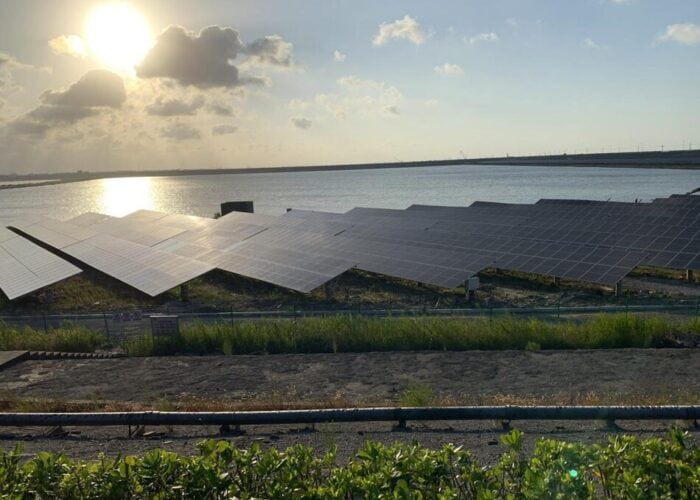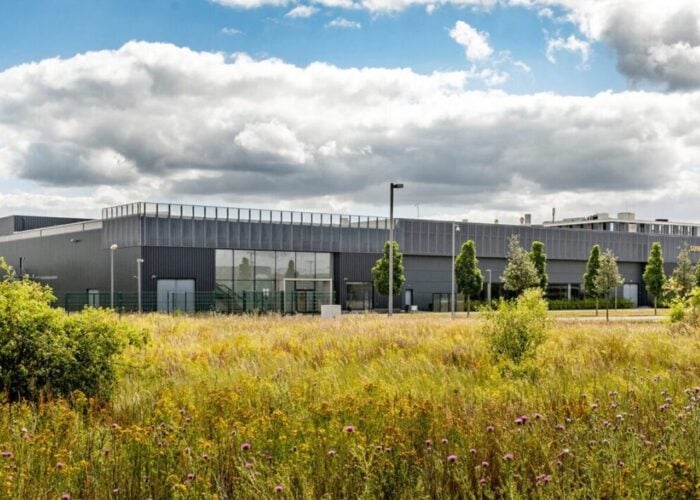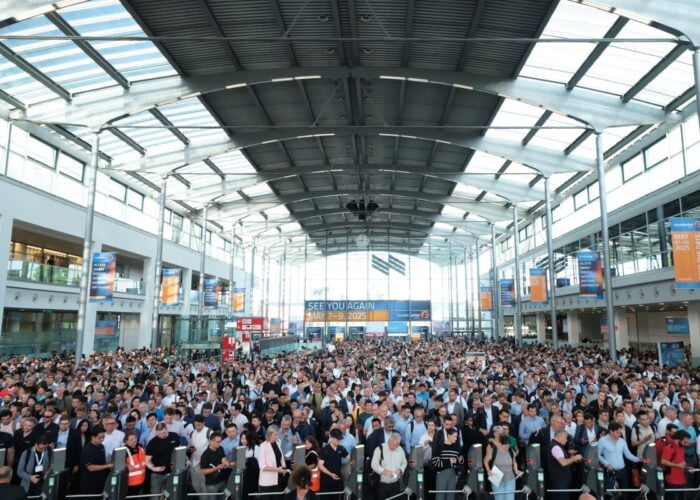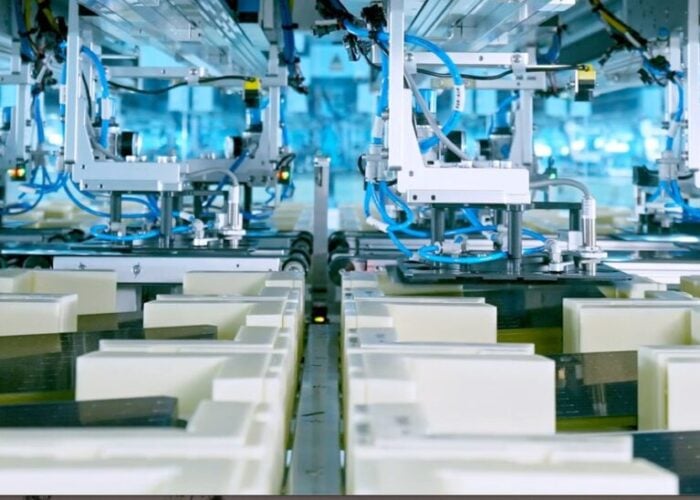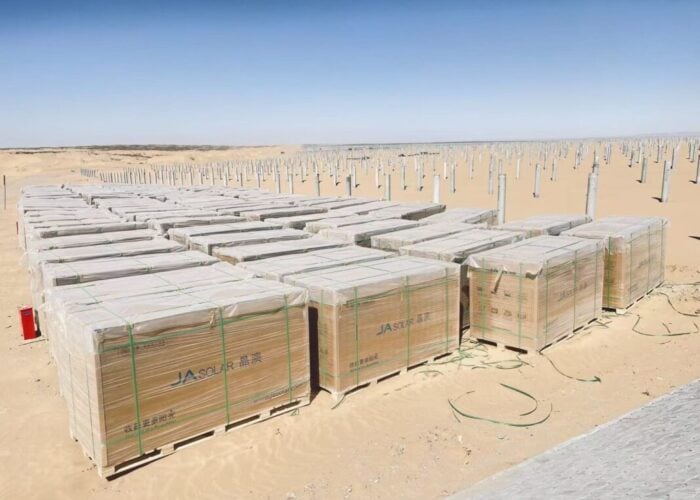
In a year marked by TOPCon overtaking PERC as the mainstream solar technology, the solar PV manufacturing industry has been met with fierce competition and continuously decreasing prices. As the year comes to an end, PV Tech speaks to JA Solar’s vice-president, Tony Zhu, about how low module prices have distorted the competition and how this affects the development of the industry as a whole.
PV Tech: In both your own organisation and the wider market, what were the biggest highlights or milestones of 2024 and why?
Unlock unlimited access for 12 whole months of distinctive global analysis
Photovoltaics International is now included.
- Regular insight and analysis of the industry’s biggest developments
- In-depth interviews with the industry’s leading figures
- Unlimited digital access to the PV Tech Power journal catalogue
- Unlimited digital access to the Photovoltaics International journal catalogue
- Access to more than 1,000 technical papers
- Discounts on Solar Media’s portfolio of events, in-person and virtual
Or continue reading this article for free
Tony Zhu: In 2024, n-TOPCon has replaced p-PERC as the mainstream technology route in the market. TOPCon not only improves PV power generation efficiency, but also effectively reduces its costs, further accelerating PV installations and enhancing the importance of PV in global low-carbon development.
JA Solar has continuously promoted and produced TOPCon on a massive scale in 2024. Its flagship TOPCon product, the DeepBlue 4.0 Pro, has been widely used in diverse scenarios in different regions around the world. In addition, JA Solar has also successfully shipped storage products in 2024.
Again, both in your own organisation and wider industry, what were the biggest hurdles or challenges of 2024 and why?
In 2024, prices across all segments of the PV industry chain continued to fall. Module prices fell to historical lows, or even lower than the production costs. This poses severe challenges to the healthy development of both the enterprises and the entire industry.
From the perspective of the industry, first of all, the normal rules of market competition are disrupted. The role of price as an important signal of market regulation was distorted by the competition model centered on price. The normal supply-demand adjustment mechanism has become invalid, which may even lead to a misalignment of supply and demand.
Secondly, selling products below cost in the long run will erode a company’s profit and quality assurance capabilities, and ultimately have a counter-effect on the overall development of both individual companies and the industry as a whole.
Furthermore, low selling prices further depressed the overall profitability of the industry, weakened the market mechanism of survival of the fittest, and allowed inefficient enterprises that should have withdrawn from the market to survive temporarily. As a result, the high-quality market development will be affected.
At the corporate level, selling prices that are below production costs will put great pressure on a company’s financial status and normal operation. At the same time, it will also have a negative impact on consumers’ perception of brand image and product value, weakening market competitiveness and long-term development potential of the company in the market.
Looking ahead to 2025, what do you foresee as the biggest opportunities and challenges, both for your own organisation and the wider market and why?
Looking ahead to 2025, while the PV market demand is expected to remain robust, its growth will slow down. Coupled with low module prices, this poses challenges to the overall industry profitability and puts greater pressure on companies to stay alive. Against this backdrop, enterprises need to focus more on refined management and technology upgrades, and increase investment in innovation to reduce production costs and further enhance cost competitiveness.
In addition, enterprises should further expand the market and promote diversified business layouts and industry chains. As a vertically integrated leading enterprise, JA Solar boasts more advantages in supplier selection and production quality control. We believe that only enterprises that truly abide by the quality bottom line and always adhere to the principle of “customer first” can win in the market.
What would be the single most important thing that could happen in 2025 that would advance either your own organisation or the wider market – or both?
In 2025, the demand side is expected to experience a slowdown in growth, which will force the supply side to accelerate capacity clearance. However, the final liquidation may not necessarily take the form of intense bankruptcies. Mergers and reorganisations, as well as efficiency improvements and production control measures are also ways of clearance that can help the PV market to find a reasonable supply-demand balance.
In addition, the enhanced PV product performance is expected to drive diversified PV application. Extreme environments such as costal waters, desert, extreme cold and high altitude have also become scenes for PV applications. In 2025, the tendency of efficiency improvement and cost reduction, along with diversified application scenarios is expected to continue, promoting the sustainable PV industry development.

